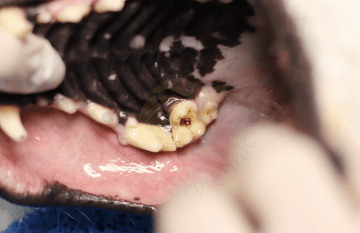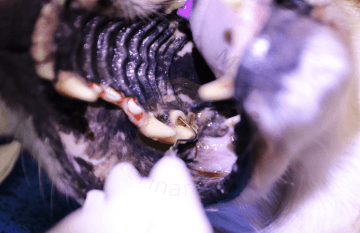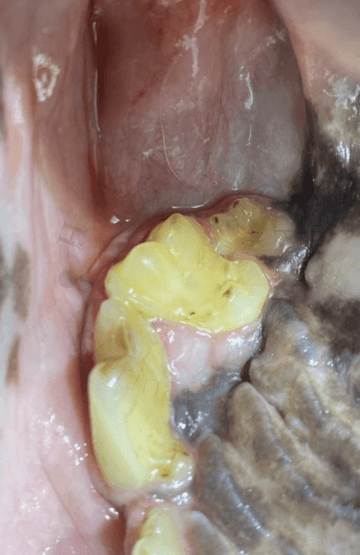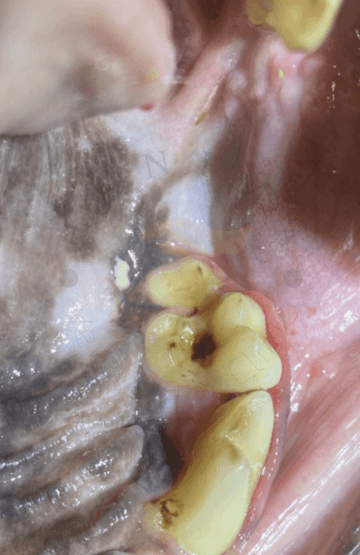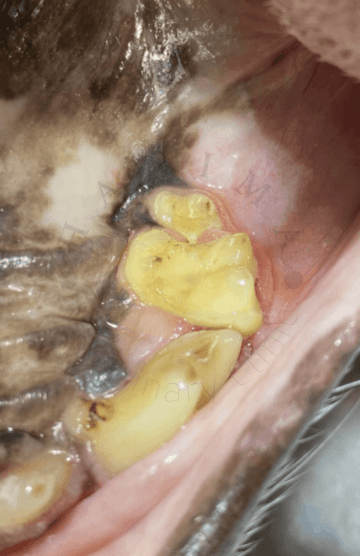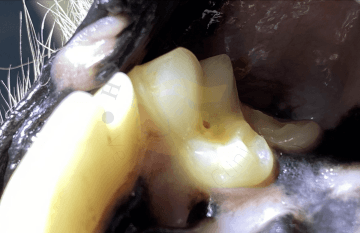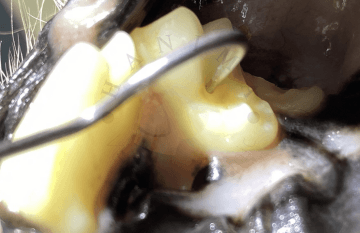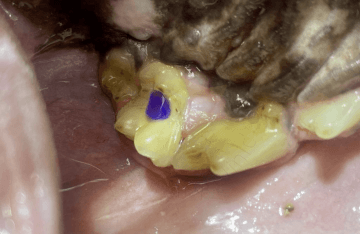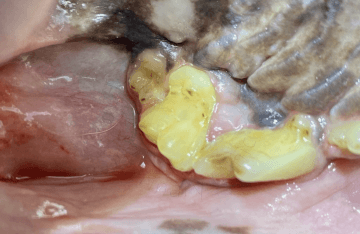Dental caries therapy
Professional Dental Consultation
The first step before any dental procedure with us is always a professional dental consultation, also known as a dental examination. Without this, we are unable to determine the type, extent, or cost of the necessary dental or dental surgical procedure. We strive to approach our clients transparently to ensure that it is entirely clear what needs to be done and how much it will cost.
The price for a professional dental consultation is 940 CZK.
What is Tooth Decay?
Tooth decay, or bacterial infection of the teeth, is common in humans, less frequent in dogs, and virtually nonexistent in cats. It is estimated that less than 10% of all dental problems in dogs are related to tooth decay. This may be due to several factors: human saliva is more acidic, human teeth have more pits and fissures, and the human diet is rich in carbohydrates, especially sugars. Additionally, cariogenic (cavity-causing) bacteria are less common in the mouths of dogs and cats compared to humans.
The initial lesion of tooth decay is the acidic demineralization of enamel. This process is carried out by cariogenic bacteria that ferment sugars, releasing acids onto the surface of the tooth. In dogs, decay usually occurs on the occlusal surfaces of the molar teeth (the large ones at the back). It appears as a brown to black lesion with a soft surface, similar to how it appears in humans.
How is Tooth Decay Treated?
The treatment of tooth decay in pets is very similar to that in humans. The decayed portion of the tooth must be removed using a dental drill until healthy dentin is reached. An X-ray is needed to determine if the infection has spread to the pulp; if it has, the tooth will also require root canal therapy - more details here. The missing structure of the tooth is then restored using a composite filling, just like in humans. Dogs that have had tooth decay are prone to developing additional lesions.

